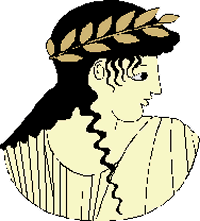
 |
Lesson one |
ReadingYour main textbook through this course will be: The Ordination of Women in the Catholic Church Unmasking a Cuckoo’s Egg Tradition by John Wijngaards.
|
Explaining the question before us
In trying to answer these questions we will in particular pay attention to how the argument of Tradition is handled in the Roman Catholic Church. This is partly because the RC Church is the largest Christian denomination still refusing to acknowledge female ministers, and partly because the arguments have been voiced most strongly here. But the conclusions and implications affect other Christian Churches in equal measure, particularly the Orthodox Churches for whom the assessment of Tradition is also a major factor. At present, the socalled Congregation for the Doctrine of the Faith in Rome (abbreviation: CDF), which has a central responsibility for maintaining purity of belief in the Catholic Church, is strongly opposed to women’s ordination. We will make the CDF the main spokesperson for the opposition. We will be guided by two of its principal documents: Inter Insigniores (15 October 1976) and a companion text, the socalled Commentary on Inter Insigniores (27 January 1977). |
Exercise 2
|
The Specific ArgumentsWith regard to Tradition, the position of the CDF can be summarised under the following six headings. Please, follow the specific links indicated under each heading.
More official texts on this theme can be found in our list of Church documents. Consequently, the CDF maintains that women have no access to ordained leadership in the Church because it has aloways been denied to them in Christian tradition. |
 |
 |
 |
 |
 |
 |
 |
 |
 |
 |
What is at stake |
Authentic Tradition |
Early Church |
Women Deacons |
The Fathers |
Middle Ages |
Church Law |
Post- |
Spurious tradition |
Latent tradition |